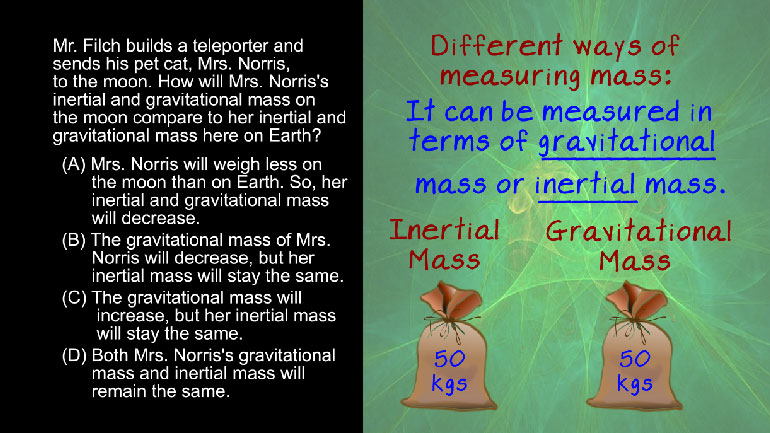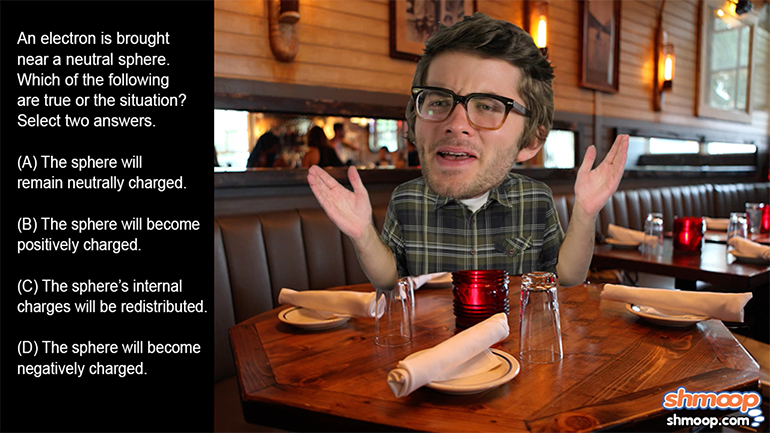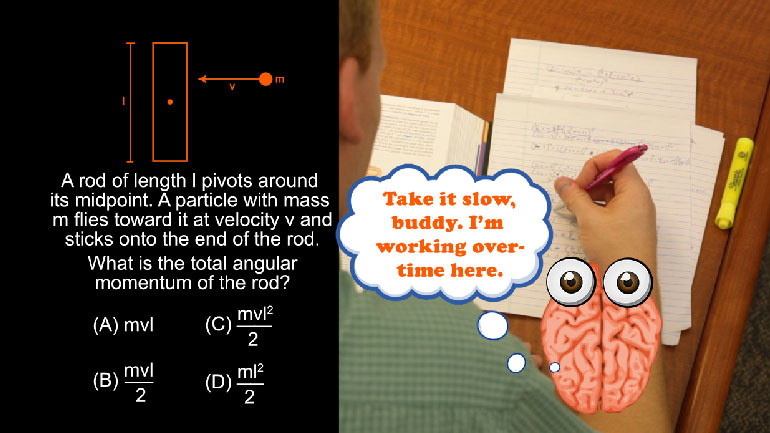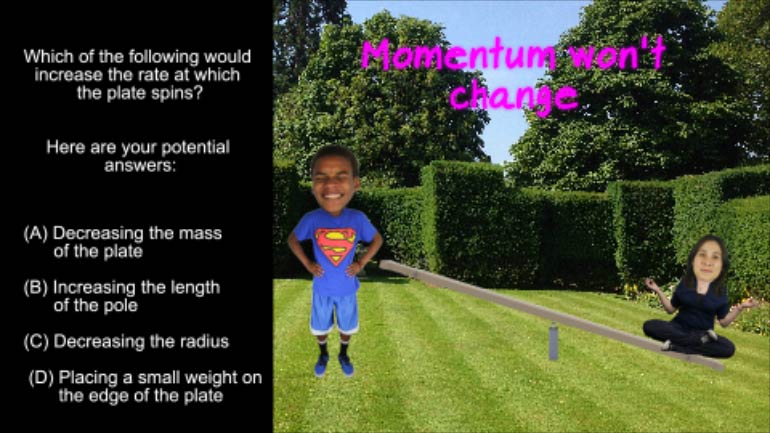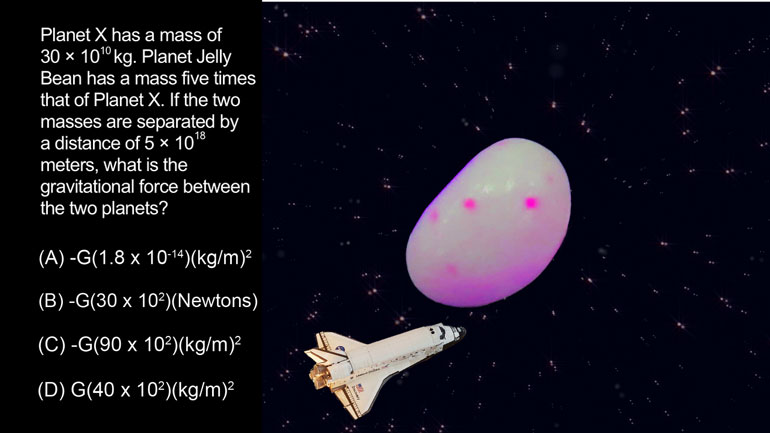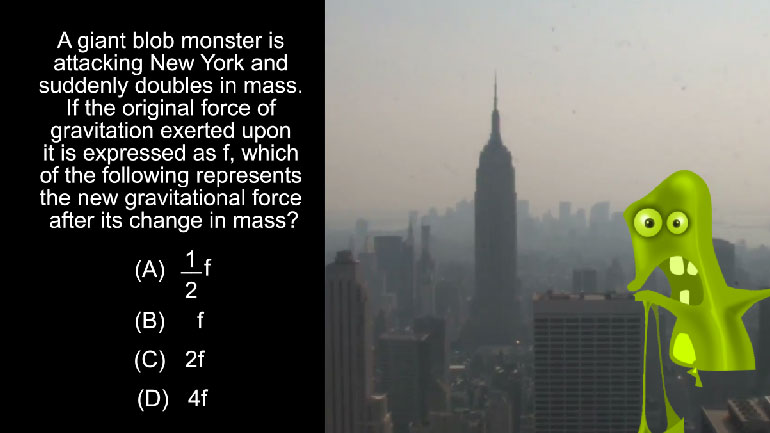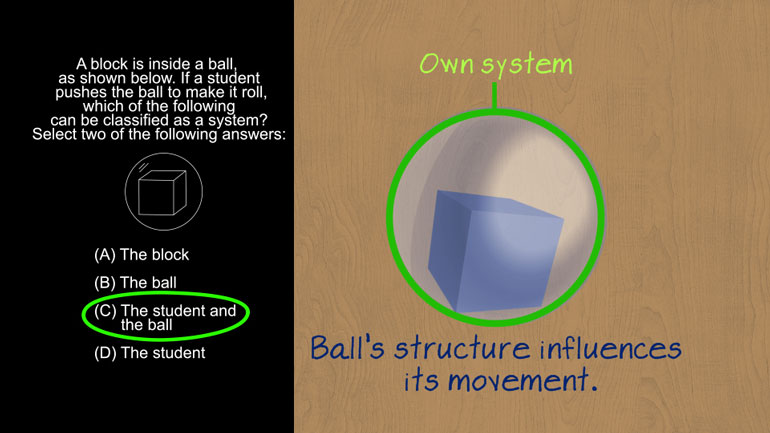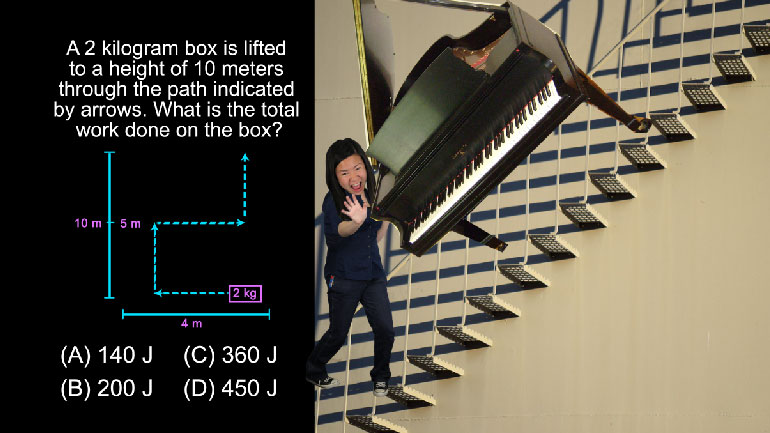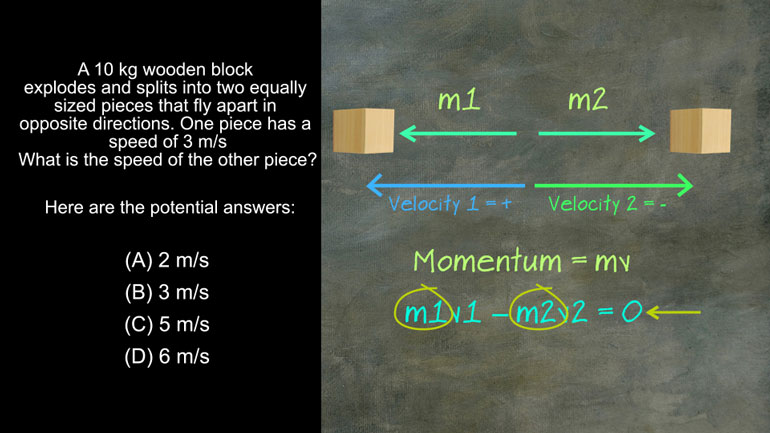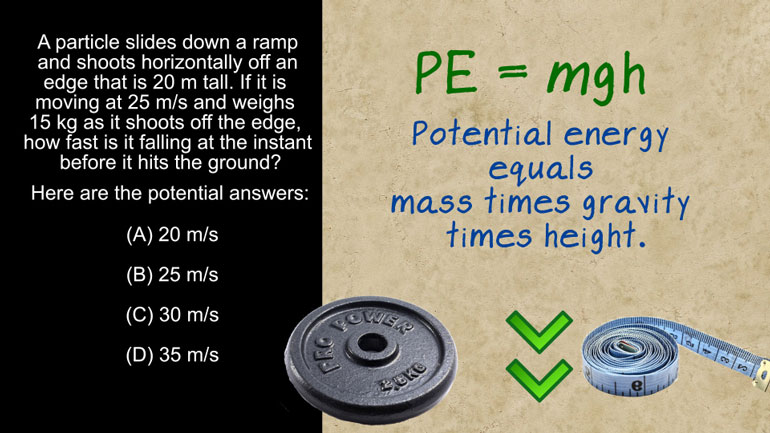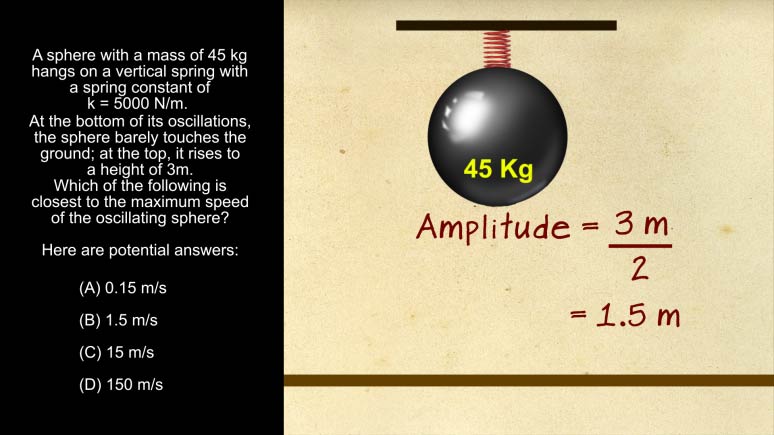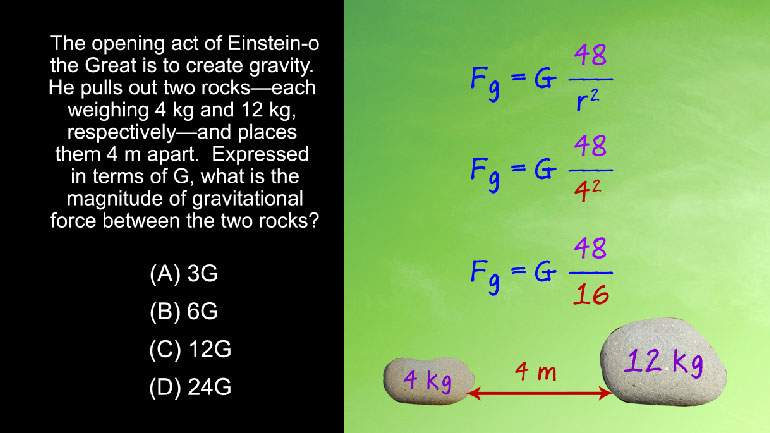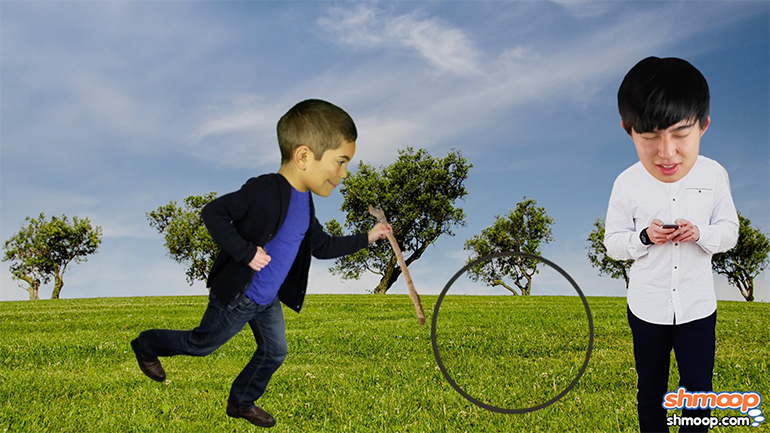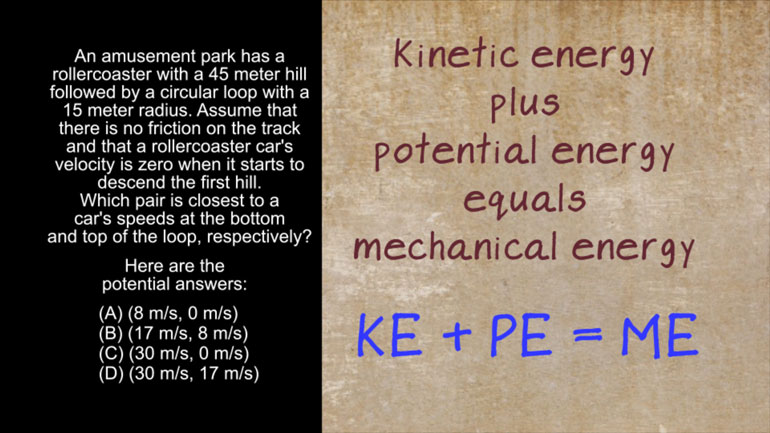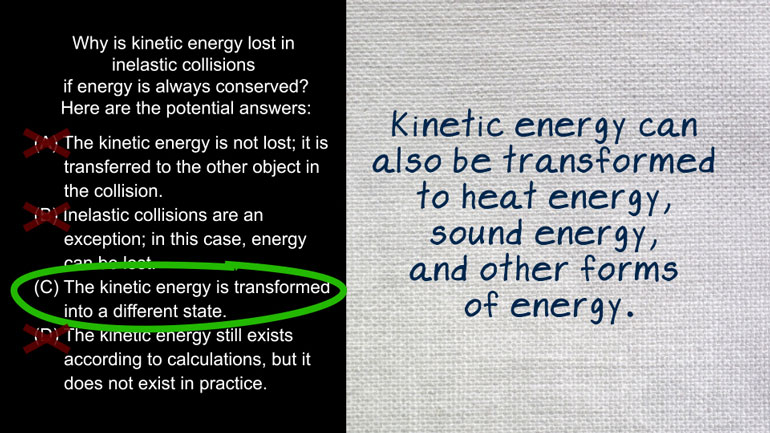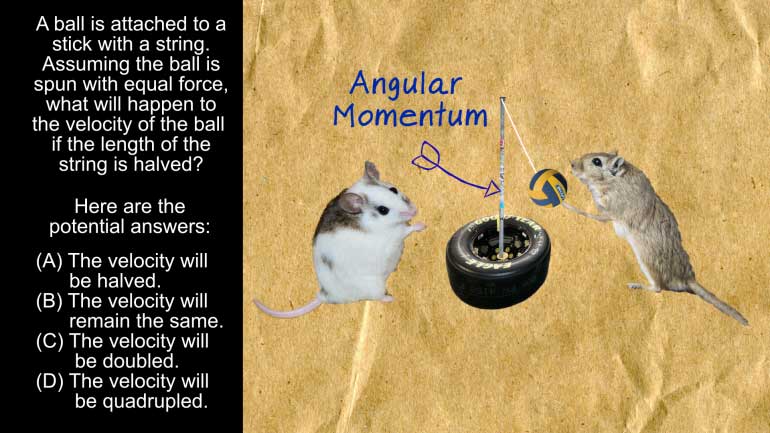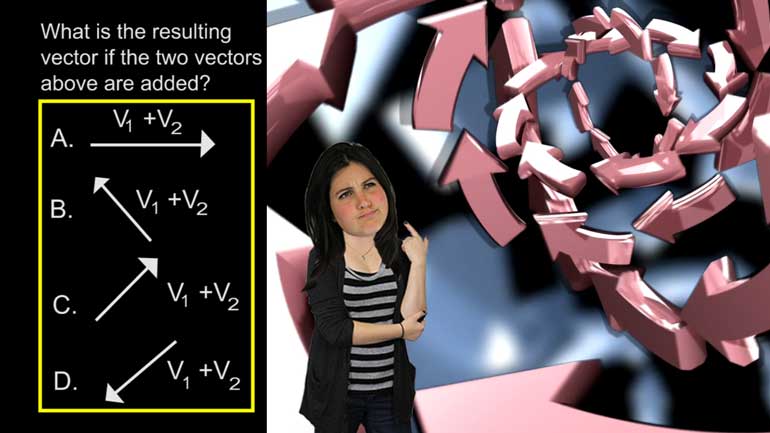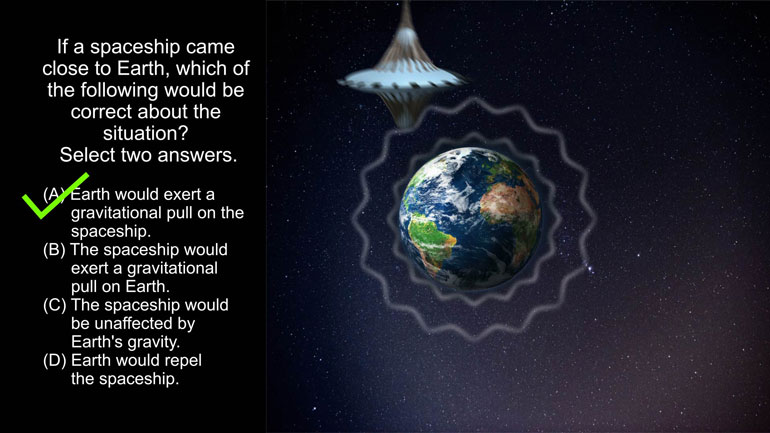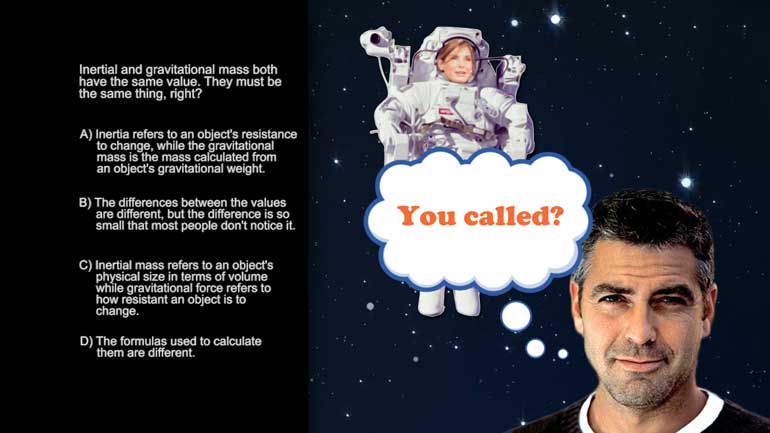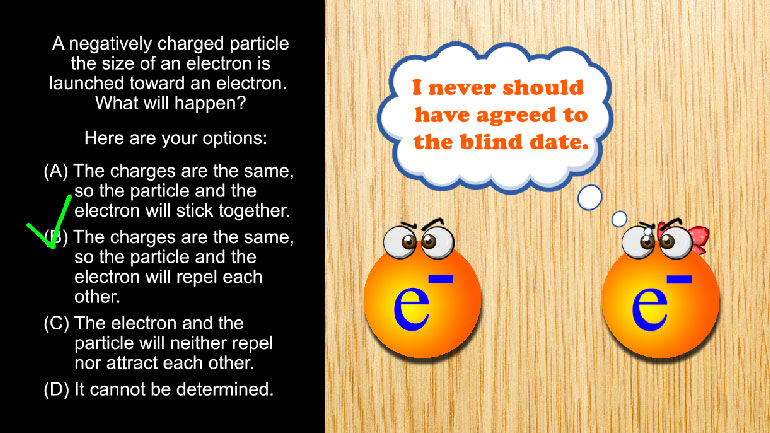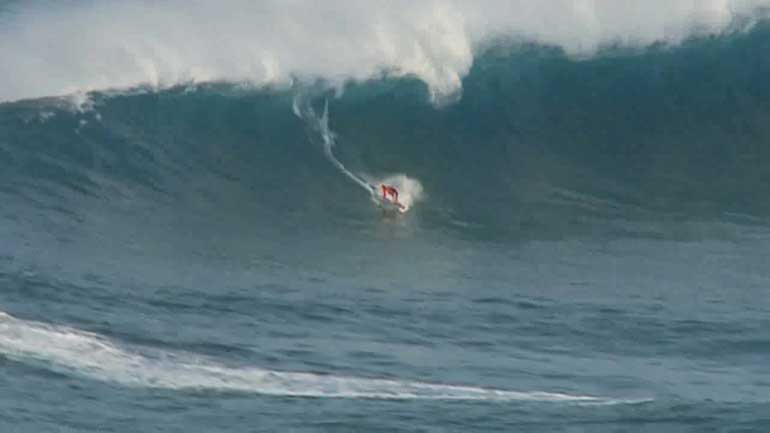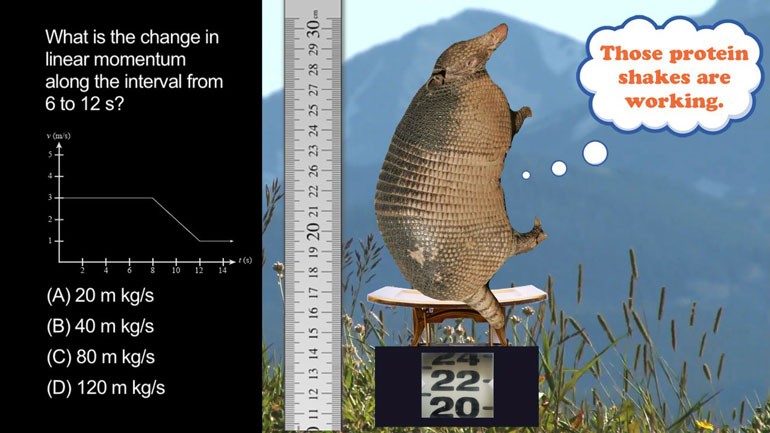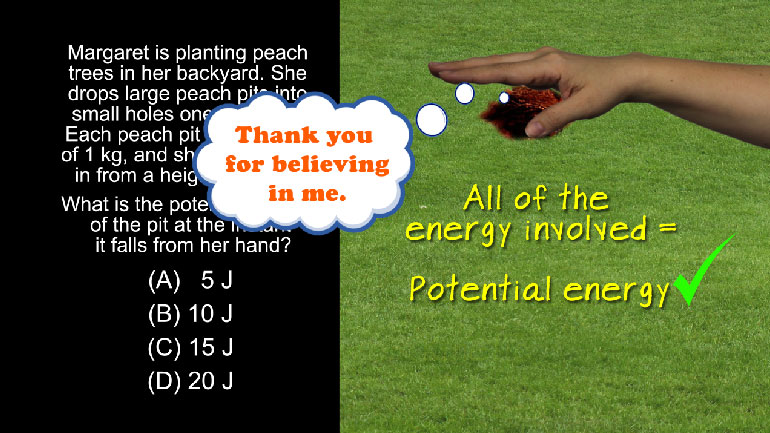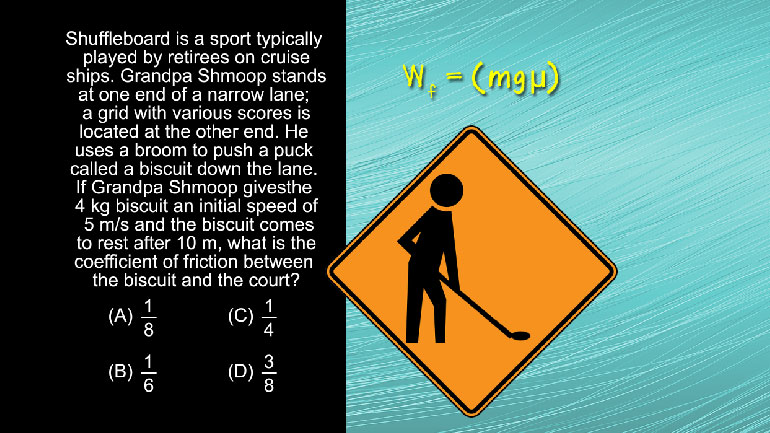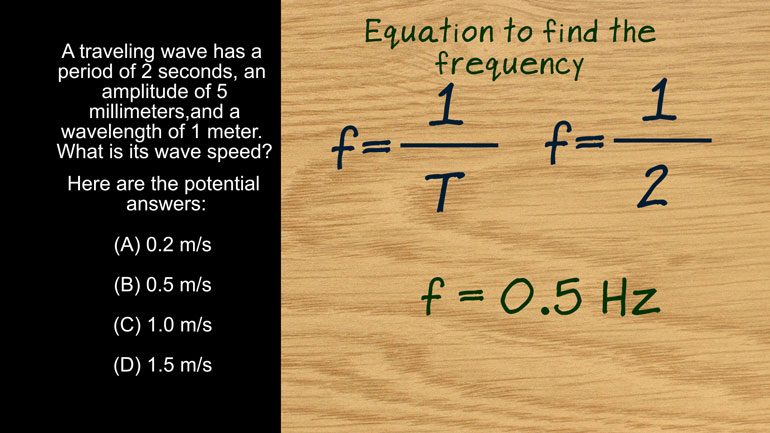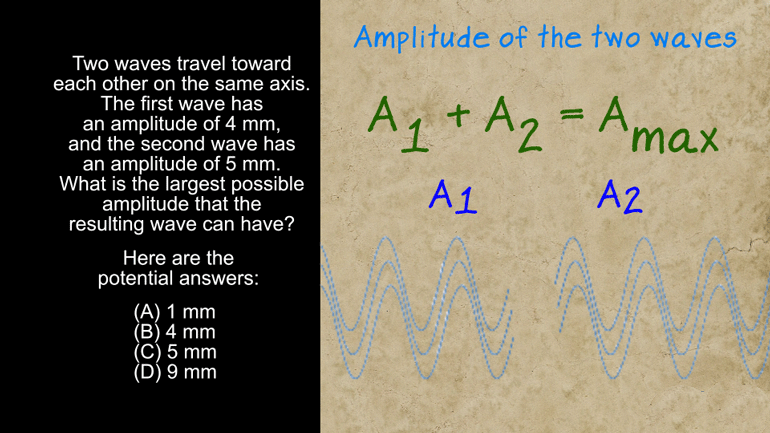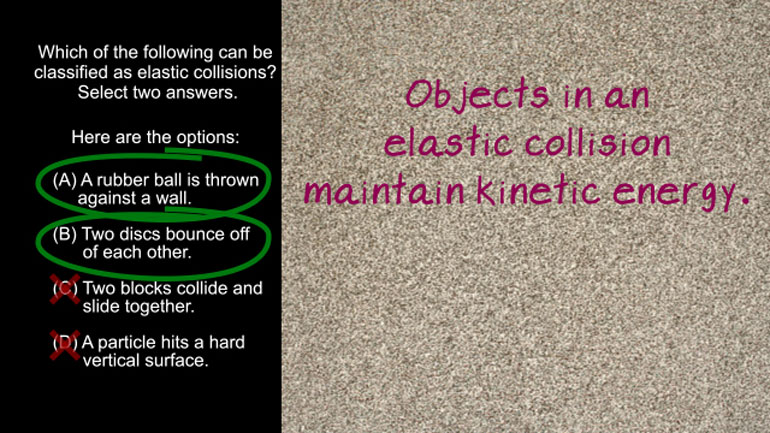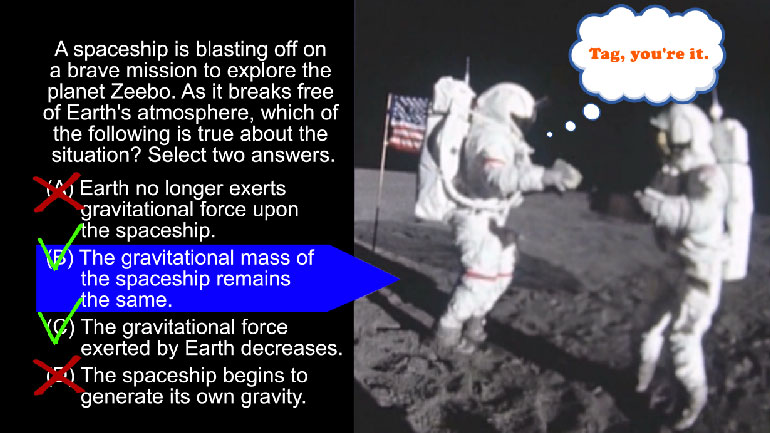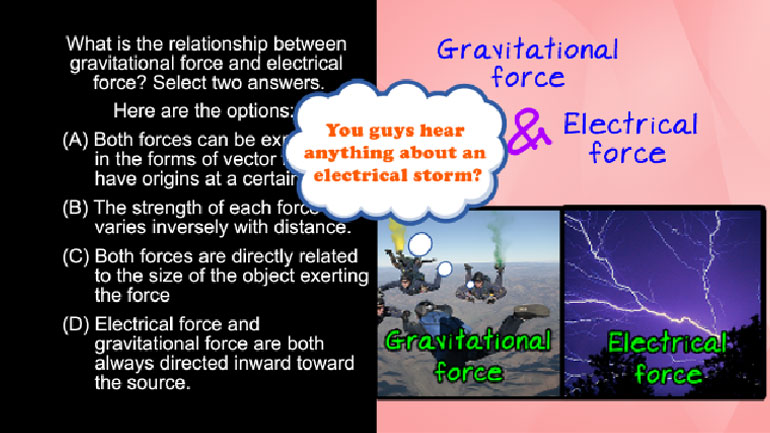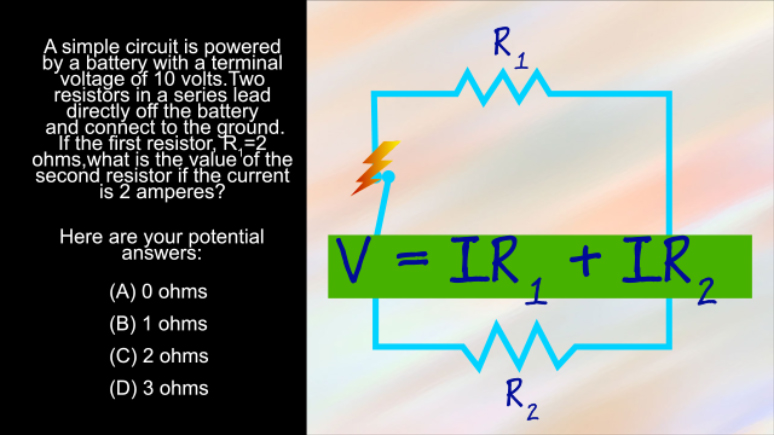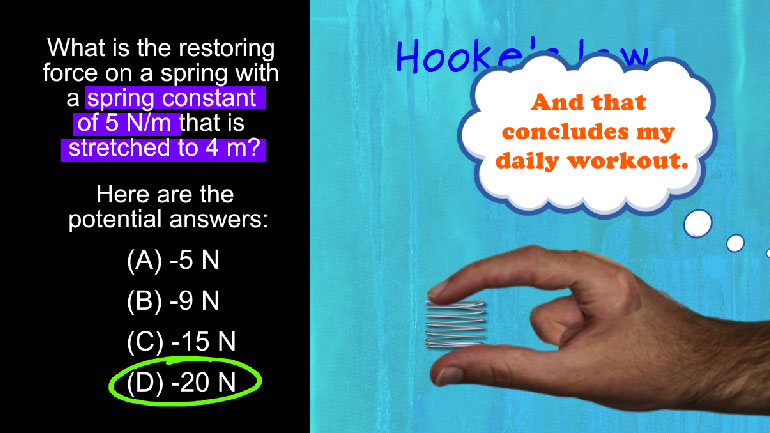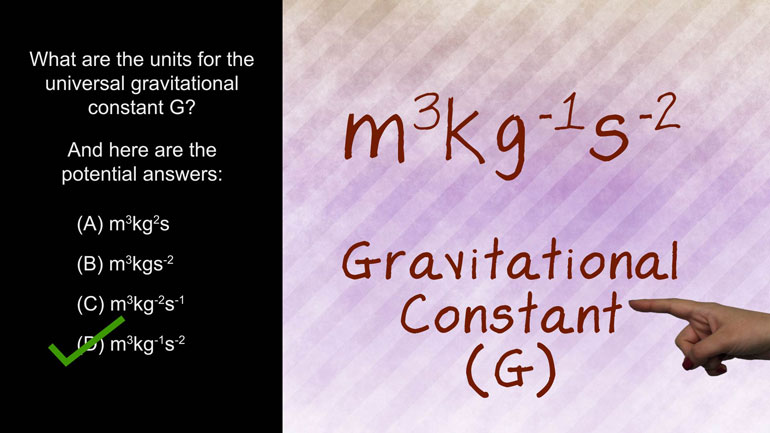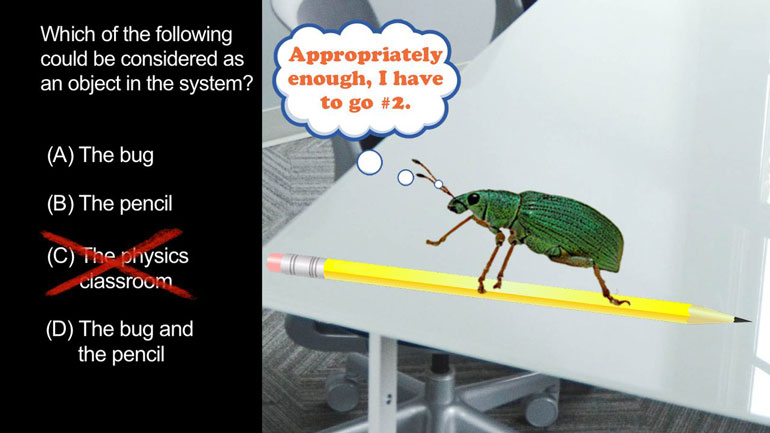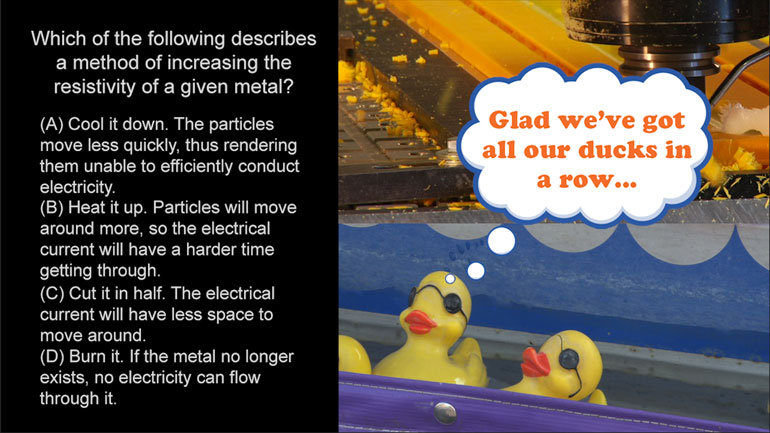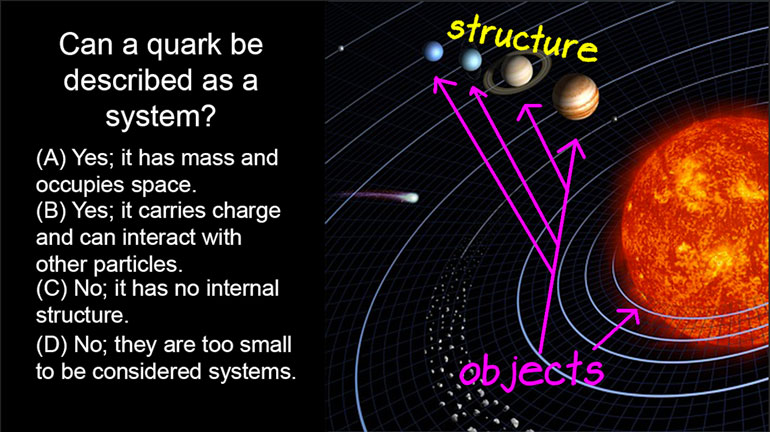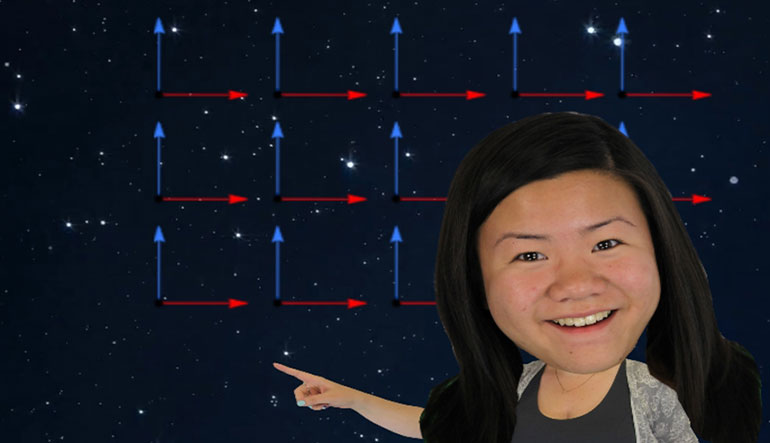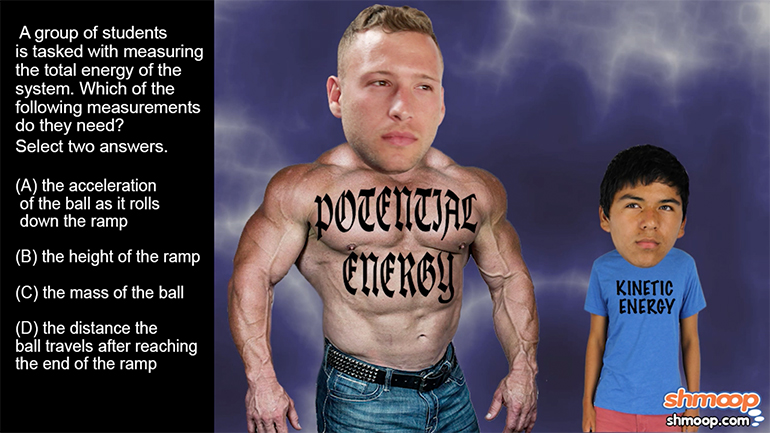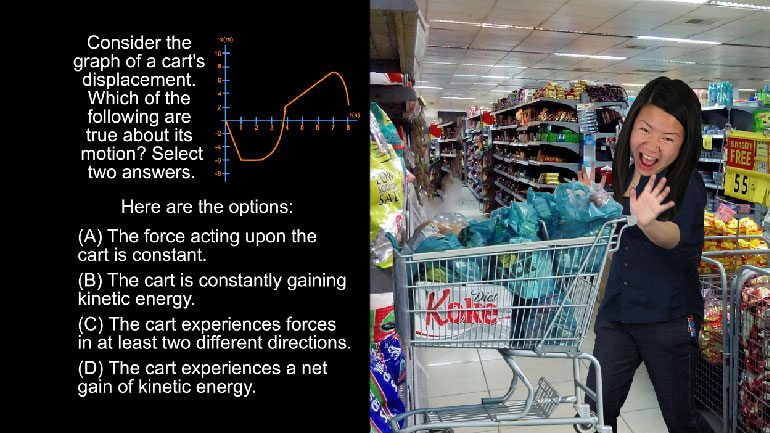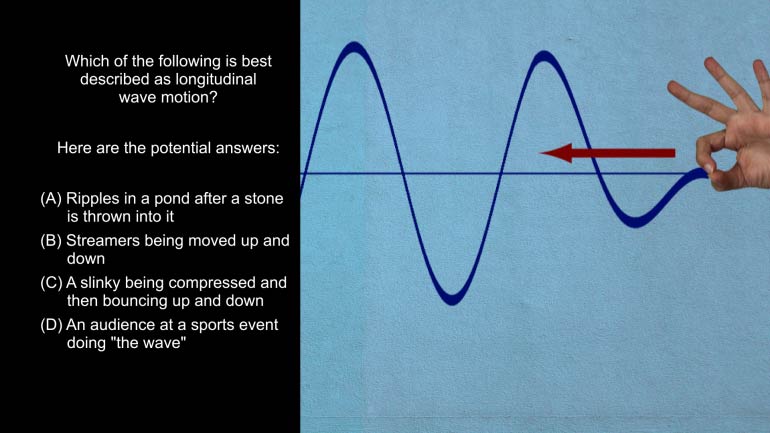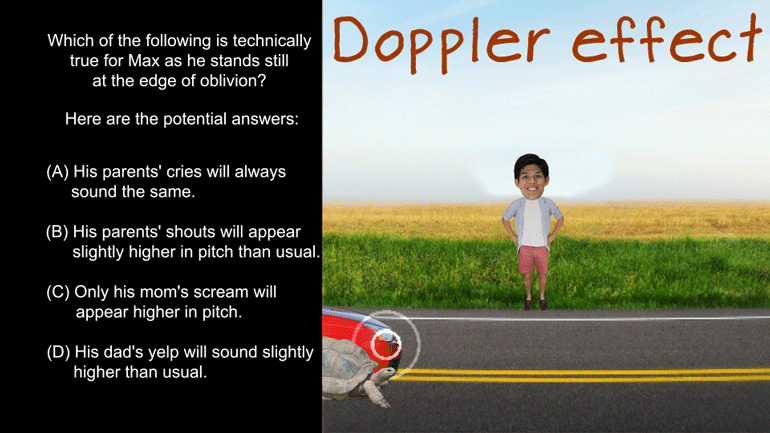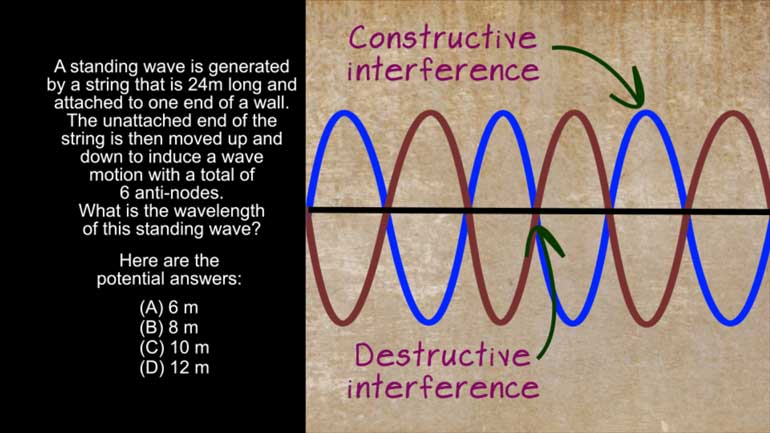ShmoopTube
Where Monty Python meets your 10th grade teacher.
Search Thousands of Shmoop Videos
AP Physics 1 Videos 69 videos
AP Physics 1: 2.4 Changes and Conservation Laws. Which of the following circuits should the students use?
AP Physics 1: 2.5 Changes and Conservation Law. At what point(s) in this situation is energy lost in any form?
AP Physics 1: 3.5 Object Interaction and Forces. Which of the following quantities would need to be known in order to calculate the impulse of the...
AP Physics 1: 2.1 Waves 209 Views
Share It!
Description:
AP Physics 1: 2.1 Waves. What is the largest possible amplitude that the resulting wave can have?
Transcript
- 00:00
We sneak in and here's your smoke to use your
- 00:04
brought to you by amplitude it's like attitude but for
- 00:08
amps all right two waves travel toward each other on
- 00:11
the same axis The first wave has an amplitude of
- 00:14
four millimeters and the second wave has an amplitude of
Full Transcript
- 00:17
five millimeters what's the largest possible amplitude the resulting wave
- 00:23
can have And here the potential answers One four five
- 00:26
nine waves crashing together Woo this could only mean one
- 00:30
thing Waffles No wait Not waffles All right we're hungry
- 00:34
And this question well we're dealing with super position So
- 00:37
all right moving on When waves collide they show super
- 00:41
position Well superposition means that the waves will combine at
- 00:44
the moment of collision and the amplitude of this combined
- 00:46
wave will equal the net amplitude of the waves have
- 00:49
collided Or to put it more simply to find the
- 00:52
largest possible amplitude of the combined wave we just add
- 00:55
up the amplitude of the two waves involved after tackling
- 00:58
some of these questions while doing simple addition feels like
- 01:01
putting on our favorite t shirt Easy peasy and what's
- 01:04
wrong with a dora the explorer t shirt way like
- 01:06
this and in this question the additions pretty easy five
- 01:10
millimeters plus four millimeters in california at least equals nine
- 01:14
millimeters that's the maximum possible amplitude for the wave formed
- 01:17
by this collision So the right answer is deep Now
- 01:20
If one wave was positive and the other negative well
- 01:24
then the waves would cancel each other out at least
- 01:26
partially So the net amplitude would be much smaller from
- 01:29
that situation We have to do subtraction which is a
- 01:32
little harder than edition but well we think we can
- 01:34
handle it Remember those number lines from third grade Well
- 01:37
in this case we're dealing with two positive waves so
- 01:39
we just adam up time for a jam sesh We
- 01:42
might need a new amp Uh this one seems totally 00:01:44.825 --> [endTime] over us
Related Videos
AP Physics 1: 1.4 Waves. Which of the following is technically true for Max as he stands at the edge of oblivion?
AP Physics 1: 1.4 Changes and Conservation Laws. Find the current across R2.
AP Physics 1: 2.4 Changes and Conservation Laws. Which of the following circuits should the students use?
AP Physics 1: 1.5 Waves. What can possibly occur when the two waves reach each other?
AP Physics 1: 2.2 Waves. What's the wavelength of this standing wave?



